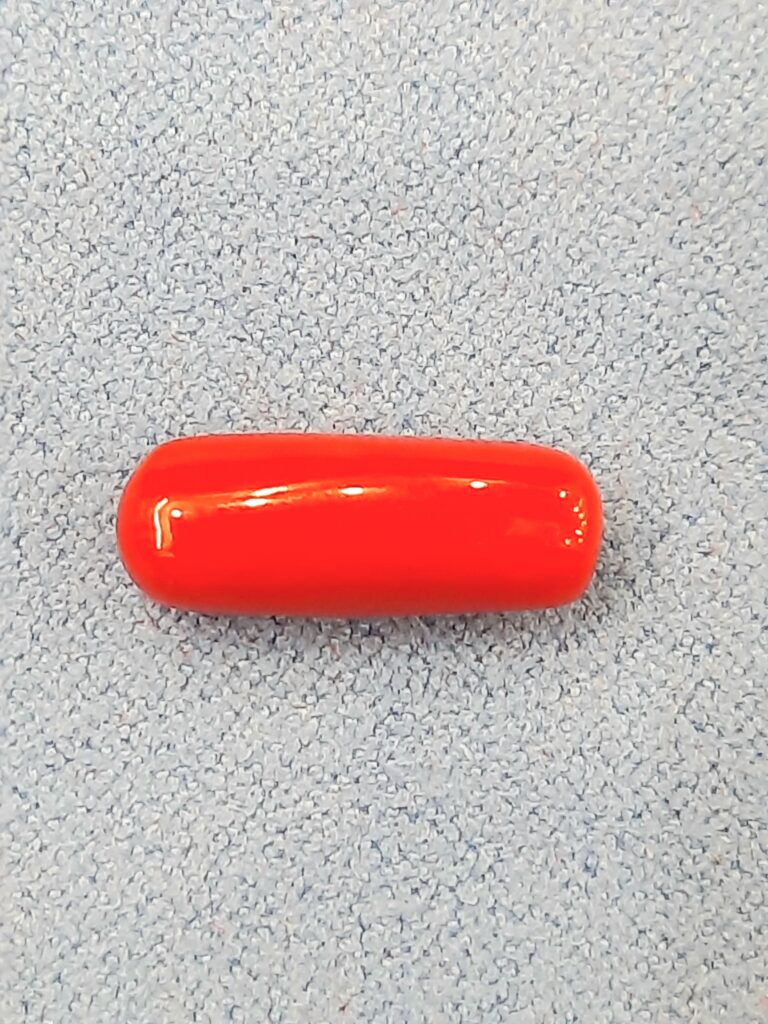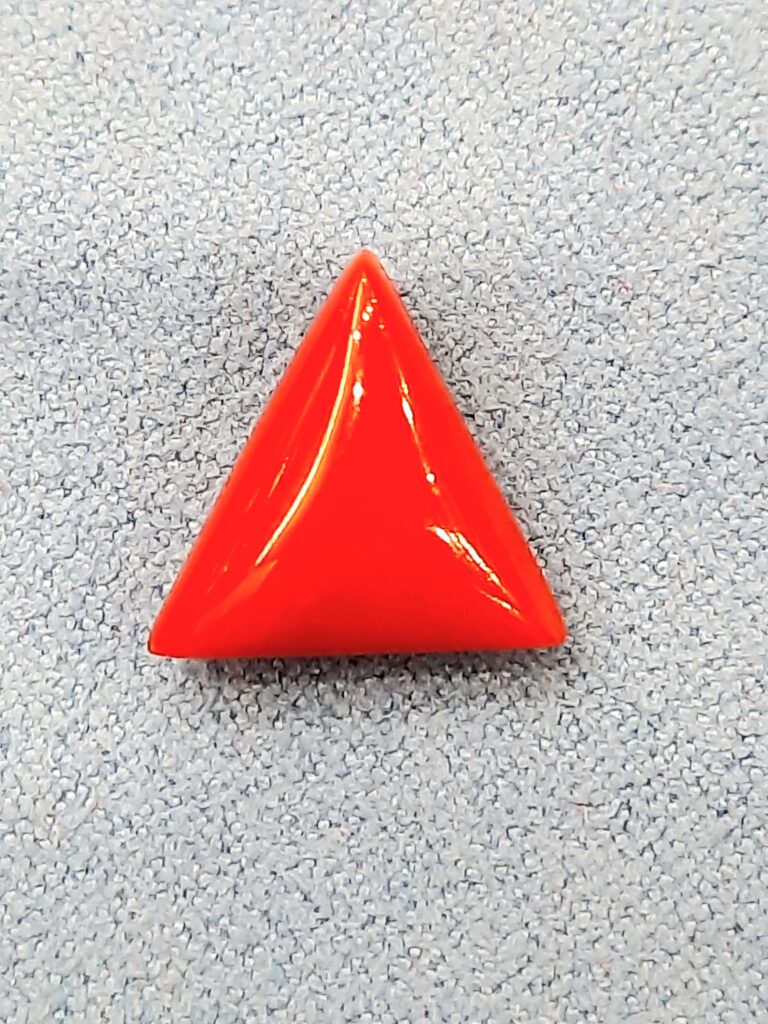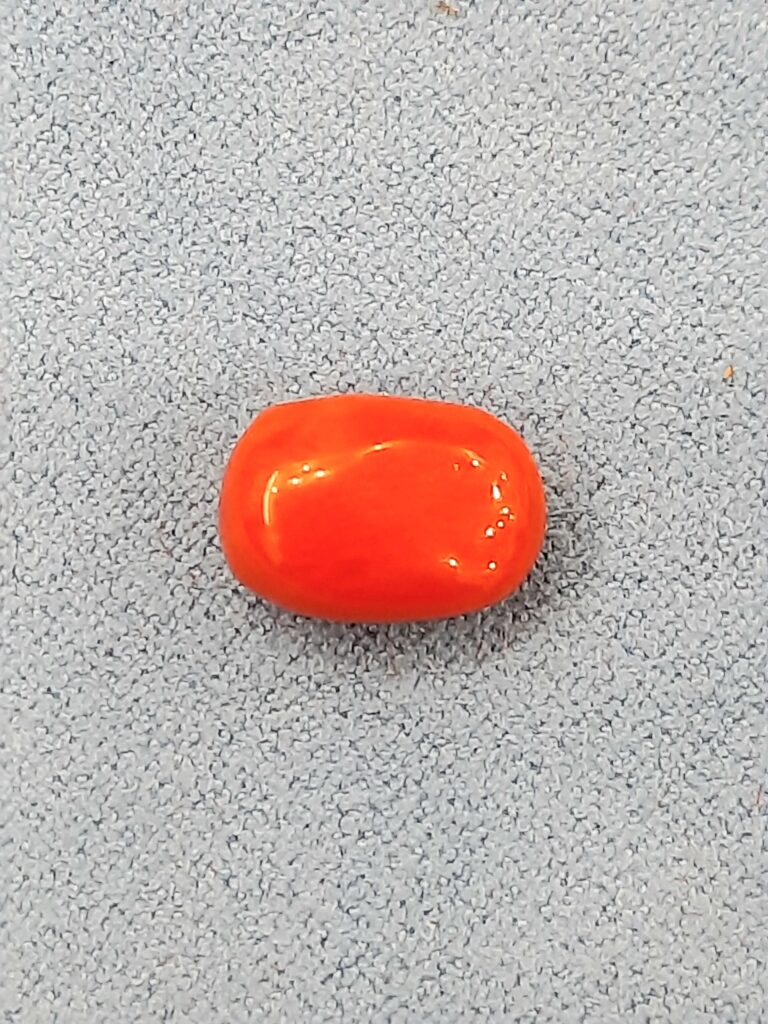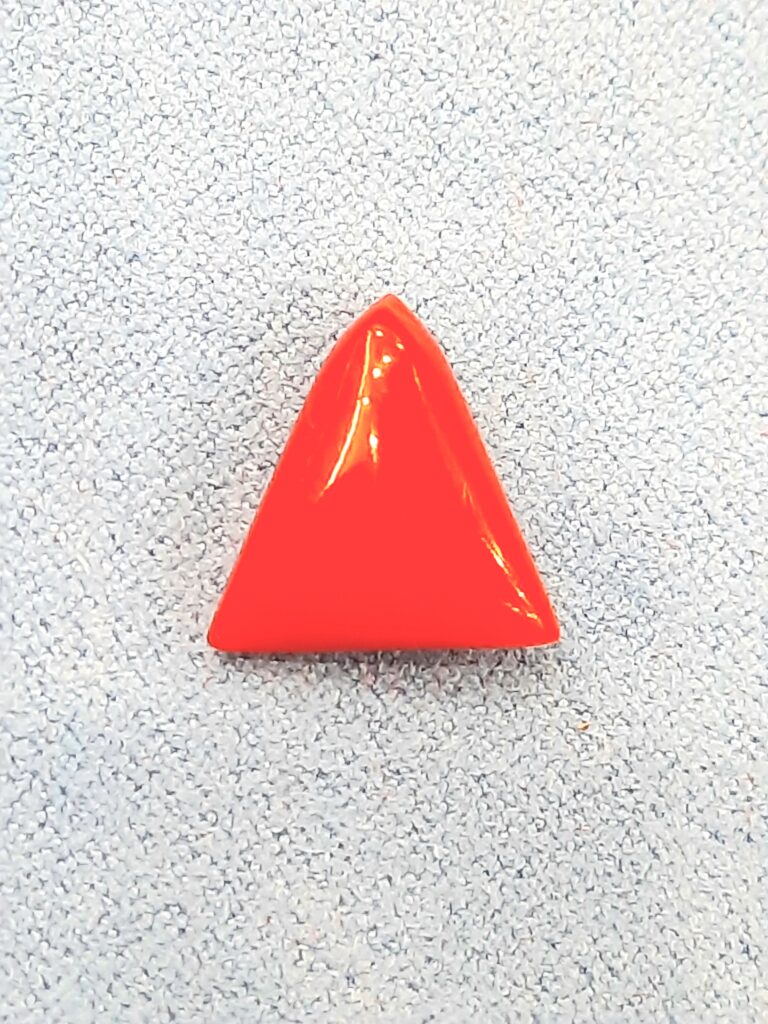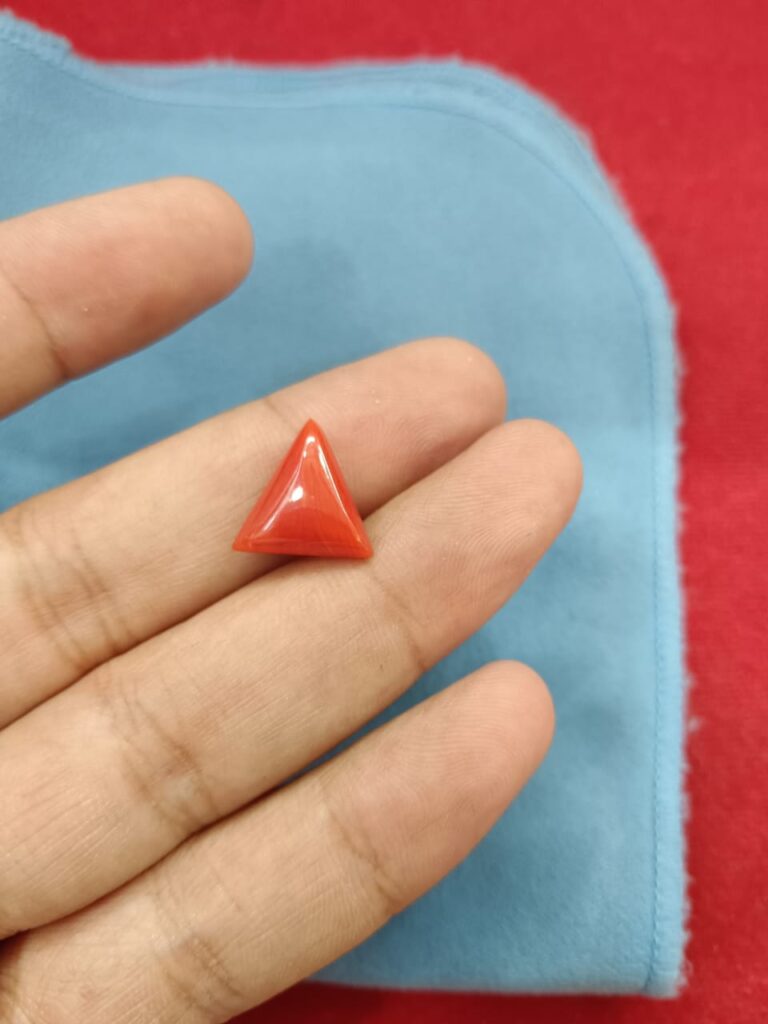Moonga Stone (Coral)
Moonga Stone (Coral)
Moonga stone consider lucky due to its astrological association with the planet Mars. It is a bright, red-colored organic gemstone made with calcium carbonate.
Moonga or Red Coral is a bright, red-colored organic gemstone that come out of the sea. Wearing this has numerous amazing benefits. It comes from marine creatures called coral polyps and made up of calcium carbonate. It is considered lucky due to its astrological association with the planet Mars.
